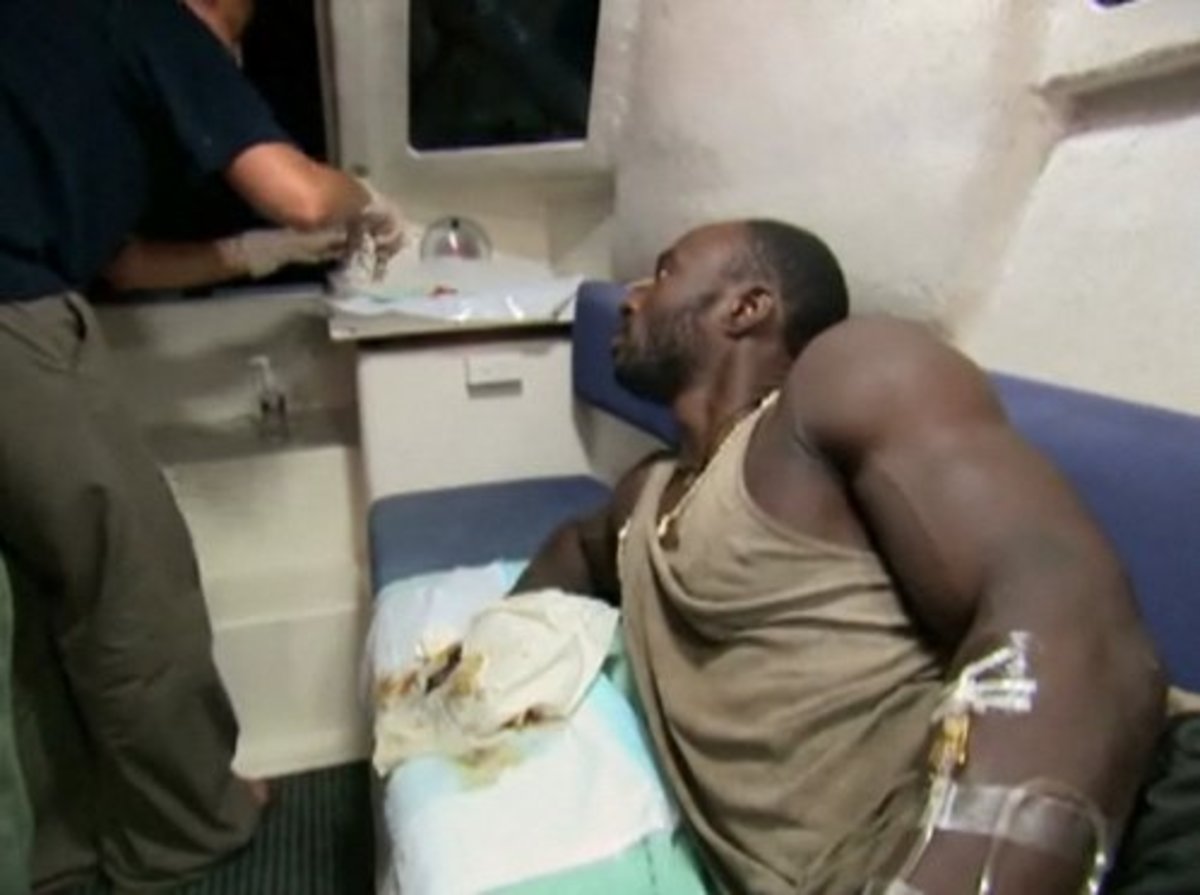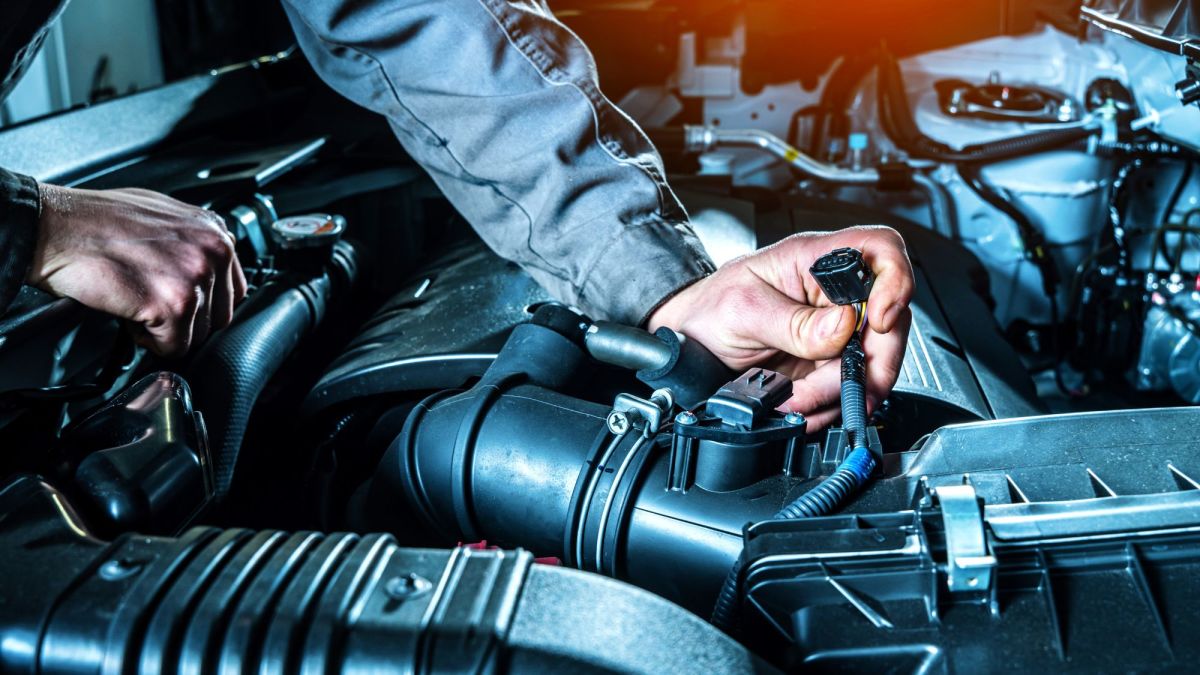Strategies to Prevent Teenage Accidents and Injuries
Introduction
Over the last decade, teenage driving became a controversial topic. Many argue that states should implement stricter driver’s license requirements and increase the legal driving age. The argument from adults and political players is that the freedom accorded to youngsters to roam on the roads is risky and is the cause of unnecessary accidents in the nation. Further arguments are that it has become hard for the teens to become responsible in their driving. For instance, many drive while putting on very loud stereos, using their mobiles while others are careless. However, before outlawing driving licenses to youths, there are various alternatives that can be explored to curb unnecessary accidents and injuries among the young people.
How to prevent teenage road crashes and Injuries
Among the most significant way to curb teenage accidents and injuries among the youth is to provide adequate training on driving and other traffic matters. Those training them on traffic aspects need to ensure that they master different traffic situations and are responsible for their driving. Furthermore, the young driver needs to be informed on how to interact with other road users, how to be careful on the road and what needs to be avoided while on the road. The young driver must be made to know all traffic rules, the perception of hazards and a clear understanding of the ramifications of her or his driving behavior.
The government and other stakeholders need to instill stringent regulations to avoid unnecessary accidents among the teens. Among these regulations include but not limited to proper training in traffic matters, use of seat belt every time he or she is driving , outlawing night time travel especially among the youth, and checking the speed level for the youth.
Parents of the involved teens can also not be left out in this endeavor. In particular, they have a role to play in supervising the driving of their children and making sure they do not use the cars unnecessarily. They also need to act as trainers by instilling the do’s and don’ts of the youth while driving the cars. A study conducted by Shope (pp. S261–71) established that there is a great difference between parents who strictly supervised their teens driving compared to those who did not bother. In this respect, parents can act as co-drivers especially in the first days of their child’s learning endeavor in matters driving. This co-driving may entail watching other cars, checking blind spots and other traffic rules. This way, the children will be able to learn important skills and develop a driving culture that will enable them to drive safely.
Stakeholders also need to set passenger restrictions for teens interested in driving. When a car has more than one passenger, the risk of accidents and injury increases to a significant level, compared to if the passenger was one. No passenger under 18 should be allowed into the car in the course of a youth’s first moments or driving. The car need not be regarded as a social environment for the youth.
Conclusion
There is no doubt that crashes accidents among the youth are high and have created controversy in the society. However, before outlawing the driving practice among the youth, the measures outlined above can help in preventing or rather minimizing the phenomenon. Accordingly, all stakeholders including government players, politicians, advocates and even parents have a role to play in building the culture of safe driving among the teen in the country.








